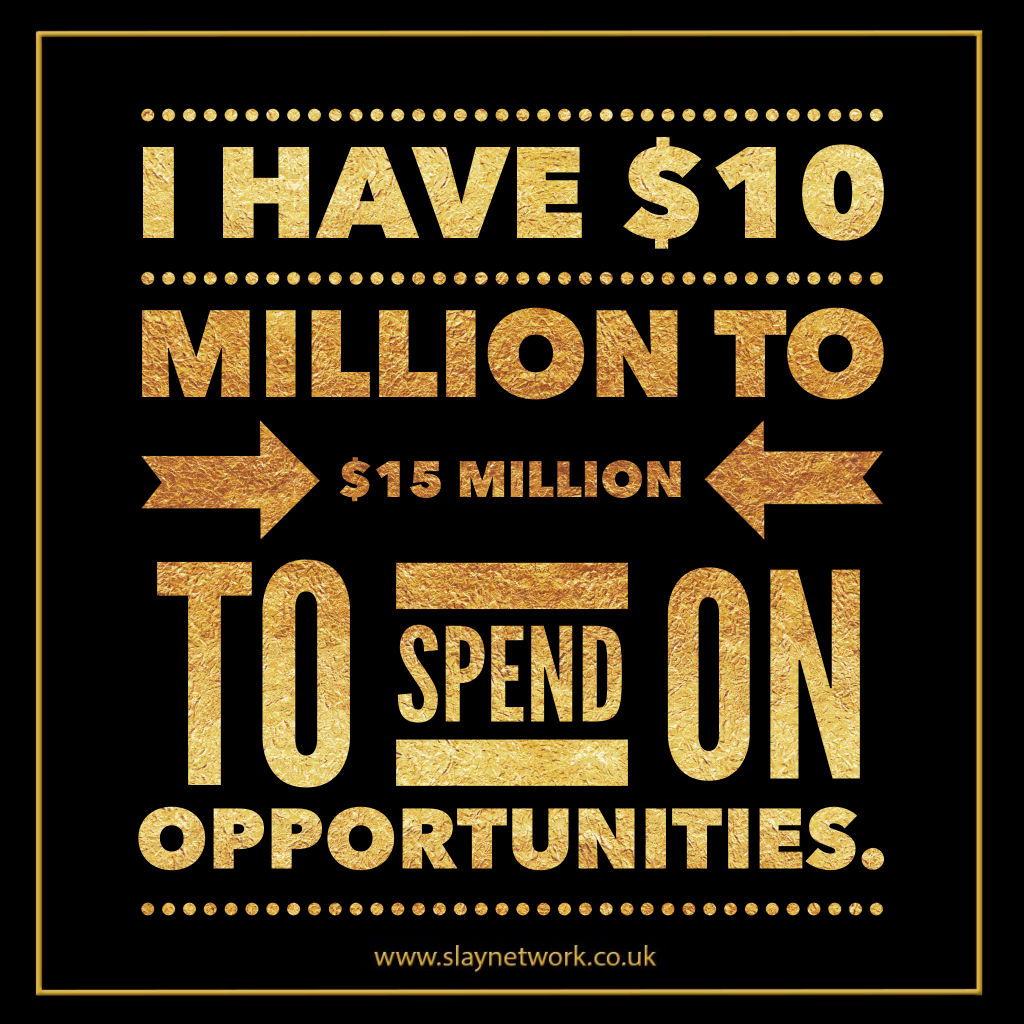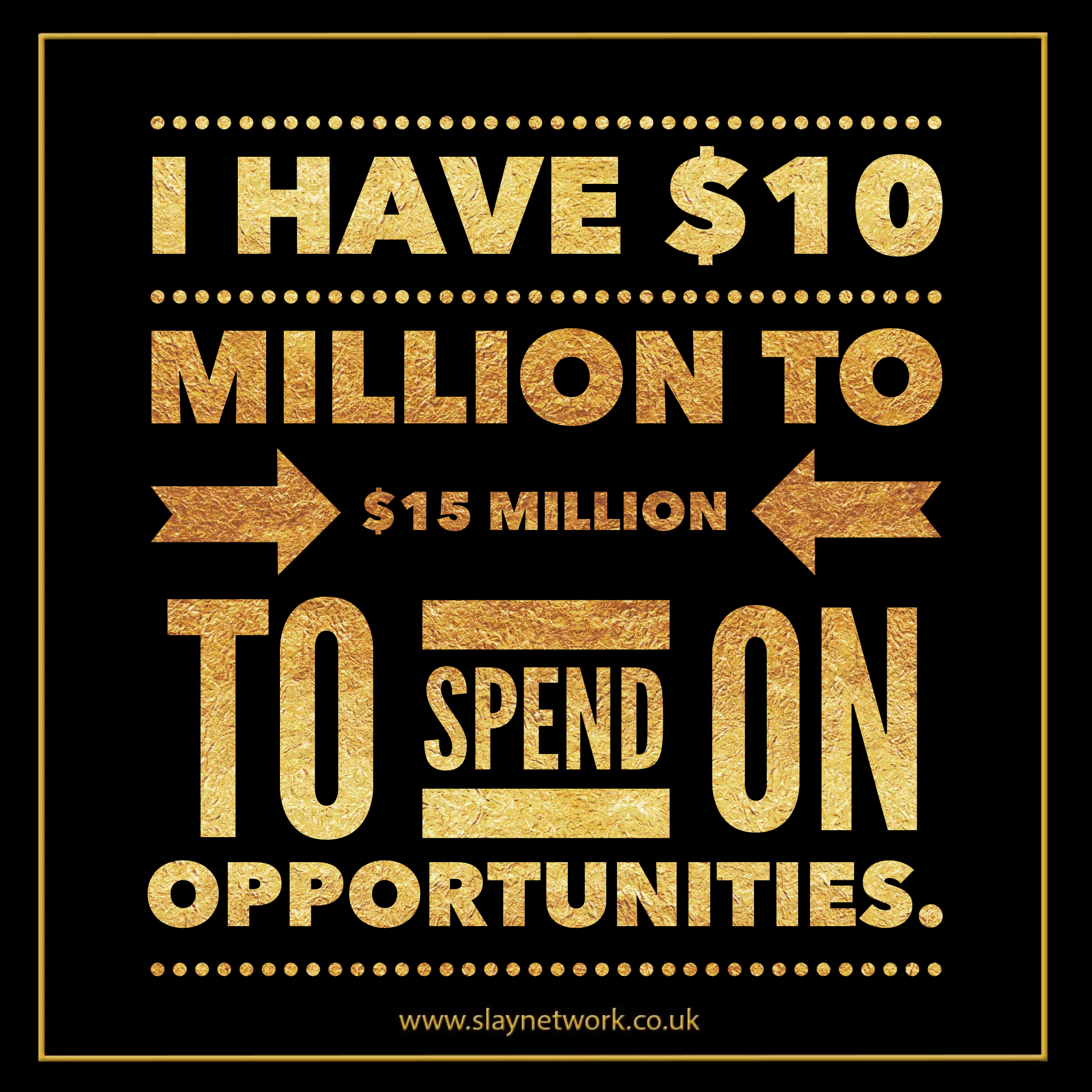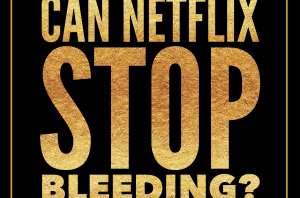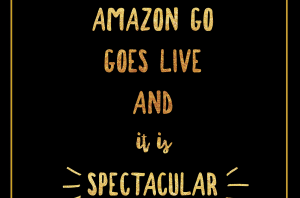
As traditional markets swing wildly in the storm of the global pandemic, our team of expert advisers offers insights into areas that could benefit from the changes in the way we work and behave. Their suggestions range from remote working apps to commodities like copper to over-discounted technologies set to rebound once the crisis subsides. And beyond the obvious charitable donations, they propose more unusual ways to spend your cash. Think beach houses and baseball, garbage and gangsters.
Bill Street
Group chief investment officer, Quintet Private Bank
The abnormality of the shock has discounted valuations more deeply than anything we’ve seen in past crises. With so much uncertainty there’s been a significant repricing across assets. But the policy response from central banks and governments has been enormous, and as painful as the shock has been there are signs that we could have a rebound and see a huge amount of pent-up demand for goods and services.
Before the crisis we were heavily positioned to take advantage of the technological revolution in traditional manufacturing, especially in the automaking industry. We still hold those positions. The impact of renewable energy in transportation is a huge growth trend that is only going to intensify, only now the value of those stocks have been indiscriminately discounted.
We’re invested in companies that make battery technology, software and digitalization tools for manufacturers. The climate debate hasn’t gone away and it will rage again. When we do come out of this crisis, transportation will just be the tip of the iceberg. I think manufacturing in general will undergo another revolution.
To that end, we also like copper, which has also been incredibly discounted. Copper is used in all forms of industrial manufacturing and it is integral to the global supply chain. As economies open up and coronavirus infection rates fall, demand for copper is going to pick up, perhaps even to the levels of 2017 and 2018, which is about 30% higher than where it is today.
Another way to play: It may sound a little unusual, but food waste is a good investment. Restaurants and cafes throw out tons of unpurchased food every day that could be redistributed to the needy. And we have the technology to make that happen. Apps from companies such as Karma and Too Good To Go link consumers to eateries to prevent food from going into the bin. Investors are accelerating the trend by taking stakes in these ventures, helping the planet and business efficiency simultaneously. While restaurants have been shut by the pandemic, they’ll be back.
Clara Bullrich
Partner at Alvarium Investments and co-founder of TheVentureCity
A behavioral change is taking place, and digital adoption across all industries has been hugely accelerated by the pandemic. Areas in tech I’d focus on include productivity tools, health care, entertainment, education, cybersecurity and anything having to do with touch-less, human-less technology.
Remote working will grow exponentially in functionality and importance, and play out positively for productivity tools that help people organize and track work such as Slack, Clockify, Zokri and Pocket. It will also use more cloud services, and that will increase the risk of information getting to the wrong actors. Zoom recently had problems with perpetrators hacking into conferences. So cybersecurity solutions will be heavily in demand. We already see open-source video conferencing platform Jitsi growing because of Covid-19.
I also think about cybersecurity in a social surveillance sense — knowing when and where groups of people are moving. As we get out of lockdown, people will accept the data-gathering in return for being able to be social again. It will take time for people to adjust to going to events, so at-home entertainment will continue to surge, and devices like smart glasses and virtual reality and augmented reality will become increasingly popular.
Demand for telemedicine services such as Teladoc, Everlywell and Nurx is soaring. Clinics and hospitals are being forced to implement telemedicine at a faster rate. We’ve been reviewing Steady Health, which has a wireless monitoring system for diabetes care. Eventually we could see insurance companies demanding the use of such devices to track conditions.
Another way to play: I collect art and am very involved in the field. One of my favorite contemporary artists is Diego Singh. I have two paintings of his hung in places where I spend a lot of time — the office and my kids’ playroom. I’d buy another. His paintings were $10,000 to $13,000 when I bought my first one, and now they cost around $60,000.
Jack Ablin
Chief investment officer, Cresset
I would invest $1 million in private equity secondaries, a strategy that provides liquidity to limited partners who want out.
Investing in traditional private equity funds requires an enormous amount of capital to get adequate diversification among different industries and different vintage years. And if you invest in pools, you can’t pick and choose what you’re buying. Each of these limited partnerships ramp up for a period of 12 to 18 months and are held for five to 10 years. That’s a long time.
Buyers of secondaries pretty much have full visibility into what they’re getting because the funds have been in place for a few years. As my colleague Scott Conners, head of Cresset’s private equity division, says, generally the lemons will ripen before the cherries. If something’s going to go bad, it usually does so quickly.
Right now, there’s an enormous liquidity premium and cash has a much bigger advantage than in previous months and years. If a limited partner faces a capital call that they can’t or don’t want to make, they might turn to a secondaries buyer to exit the investment. Industries that perhaps are looking troubled in the near term could trade at a sizable discount. There are PE funds that focus on entertainment and dining, a whole sector of the economy that’s pretty much been put on ice. That may prompt limited partners to just bail.
Secondaries’ returns over the years have been compelling, but with today’s liquidity premium they’re a table-pounding opportunity.
Another way to play: My passion is baseball, particularly the stats and history of the game. Baseball scorecards and player cards got me interested in math and statistics as a kid. I would buy up baseball memorabilia, particularly from the Chicago Cubs. I have a completed scorecard from the Cubs World Series win in Cleveland, a signed Ron Santo photograph, a Fergie Jenkins signed bag and a few signed baseballs. Sam Stovall sent me a Cubs team card a few years ago. Baseball memorabilia can fetch stupendous prices. A 1952 Mickey Mantle card sold for $2.88 million recently on Heritage auctions, while one of Babe Ruth’s jerseys was auctioned last June for $5.64 million, a record for a piece of sports memorabilia.
Jeremy Larner
Art dealer and founder of JKL Worldwide
I’m selling off younger artists and buying blue-chip art. When things go back to normal, some of the emerging artists may no longer be in fashion. Blue chip artists, though, will continue to stand the test of time. How many Gustons are out there? How many Lichtensteins? It’s harder and harder to find these works. Things will normalize soon and I think people will continue to want great art.
I have two undeniably good deals in front of me that I’m trying to close. One of the works is about 20% discounted and my offer is 25% below that. Why are the prices so reduced? The seller needs money. I can make at least $500,000 on each of these deals. I have $10 million to $15 million to spend on opportunities.
I just sold about a dozen emerging-art works, with prices ranging from $20,000 to $250,000. That included several works on paper by Ghanaian artist Amoako Boafo for $75,000 to $150,000 that I bought directly from the artist for $10,000 each. With that money, I am only interested in buying blue-chip artists like Joan Mitchell, Cecily Brown and Christopher Wool that I know I can resell at a profit. I’d rather spend $1.5 million on an artwork than $60,000. It’s a safer bet.
Another way to play: I might buy a house in the Hamptons, although I wouldn’t consider it an investment. If we just want to get out of the city and let the kids run around, the Hamptons are my No. 1 choice. It would be a $3 million house, though. We’re not planning to use it in the summer because we have a place in Hawaii. People pay $150,000 to $200,000 for a season in the Hamptons, starting from Memorial Day. If we decided to rent it out, it would pay for itself and then some.
Bruce Lee
Founder of Keebeck Wealth Management
In a post-Covid world, social distancing will be a theme and that has to mean tech. And people don’t like getting bitten twice, so health care will also be a major theme.
Apple, Google, Microsoft and Nvidia, which are being recognized in value now, will continue evolving and getting bigger. When 37% of people can work outside the office, home offices will explode, so anything having to do with furniture, computers and telecommunications will explode. The demand for companies like Verizon and AT&T will increase as we need more data, more bandwidth.
Covid has proven that the U.S. Food and Drug Administration can evolve with pharma companies in a pandemic, so maybe some restructuring there can take place to allow for more of a partnership. The market has been educated that pandemics cost a lot of money. Assume that the cost of not being prepared for this one is between $7 trillion and $10 trillion in future earnings and losses of jobs worldwide. I think global coordination in becoming more aware of these issues will be an investment theme that will last for quite a while.
Lastly, pet ownership will continue to rise. As we think about social distancing, we need that contact. It’s why you’re seeing a surge in Chewy Inc. stock. People are ordering pet food online but because you love your pet you won’t just buy everything on Amazon—you want to consult with someone, and Chewy does that.
When I look at life pre- versus post-Covid, I want things that will help get my freedoms back, because in the past month those been taken away from me, and tech and health care and my pets will get me through it.
Another way to play: I own a lot of art and memorabilia, including 30 of the biggest mobster’s signatures. I have a penchant for wine and just got rid of a huge collection. I own too much. So in the new Covid world, educational resources are going to be tightened and I’d love to find ways to offer kids education in arts and music. I genuinely love music and art and I’d love to give kids access to that.
BECOME A SLAY CLUB WORLD VIP MEMBER
BINGE ON THE WORLDS MOST INTERESTING ENTERTAINMENT CONTENT FOR FREE NOW
By Bloomberg





